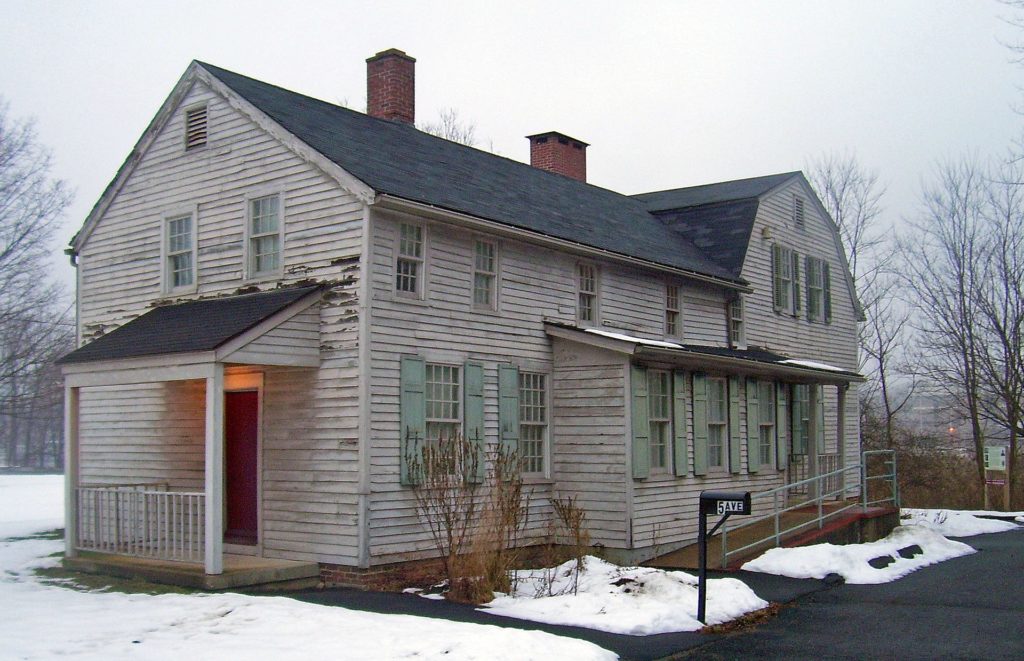The Ultimate Hobbyist
Yesterday’s Music History Monday post featured the non-musical hobbies of some of our favorite musicians, from Rod Stewart’s train set, to Courtney Love’s Liddle Kiddle dolls (made by Mattel in the late 1960s), to Arnold Schoenberg’s mania for tennis and ping pong, to Gioachino Rossini’s delight in all things food.
The subject of today’s post – a person I’m calling the ultimate hobbyist – flips things around: he was someone who earned his living in a non-musical job, whose hobby was composing music.
That person was Charles Edward Ives (1874-1954).

Something Different: An Explanation
This post is different than most Dr. Bob Prescribes posts in that at nearly 5000 words in length, it is double the length of a typical post. I’d like to think that this is a good thing – more bang for your Patreon buck – but for some of you it will simply be irksomely long.
Whatever.
I’m running it because aside from being an appropriate subject, it represents something of a rarity: a lecture that was originally intended for a Teaching Company/Great Courses/Wondrium course (The 30 Greatest Orchestral Works, recorded in 2011) that was removed from the course a couple of months after the course came out. It was replaced with a lecture on Camille Saint-Saëns Symphony No. 3.
The circumstances of that removal and replacement bear telling.
Ives was a brilliant, utterly singular composer. His music got a lot of play in and around the bicentennial in 1976, which is when I came to know and love it. But sadly, it has since fallen back into the obscurity it suffered before the bicentennial. I’ve tried to include Ives’ music in as many of my courses as possible (his Symphony No. 3 is featured in my The Symphony course, recorded in 2003), but one of Ives’ publishers has since made that almost impossible. That publisher is Theodore Presser, located today in suburban Philadelphia.
Since Ives had been dead for less than 75 years when we made the orchestral music course, we had to license not just a recording but Ives’ music as well. The people at Theodore Presser initially behaved honorably and contracted the piece to us. But a month after the course came out – after the Teaching Company/Great Courses/Wondrium had sunk a considerable chunk of change into its production – the pirates at Presser came back and demanded we renegotiate the contract, quintupling the initial licensing price. Of course, this was unethical and probably illegal – we had, after all, a contract – but the legal action we were threatened with simply made the whole thing untenable. So I flew back to The Great Courses in Chantilly, Virginia; we recorded a new lecture (on Saint-Saëns Symphony No. 3); we removed the Ives and replaced it with the Saint-Saëns and that was that.
The stupidity of all of this was clear to everyone but those lovely folks at Theodore Presser. The music of Camille Saint-Saëns (1835-1921) does not need me to make a fuss over it; it’s quite well-known and beloved already. But the music of Ives needs all the huzzahs it can get (huzzahs that it deserves), and so the whole episode was a bit tragic.
So here is the bulk of that Ives lecture, unused and unheard since 2011, along with a recommendation for the superb recording we had licensed for lecture’s musical examples.
A “New England Symphony”

Charles Ives was born in 1874 and died in 1954. He was a composer of genius for whom music was a hobby: in Ives’ mind, “real” American men worked for a living. Ives himself was a highly respected insurance executive, who like thousands of others, commuted by train to his office in lower Manhattan from the ‘burbs in Redding Connecticut where he lived, where he lived for much of his adulthood.
The experimental nature of so much of his music, combined with his amateur status and pathological fear of self-promotion, condemned the great bulk of his music to obscurity for decades. A case in point is Three Places in New England – a work that Ives referred to as his “New England Symphony” – which had to wait 15 years for its premiere.…
Continue reading, only on Patreon!
Become a Patron!